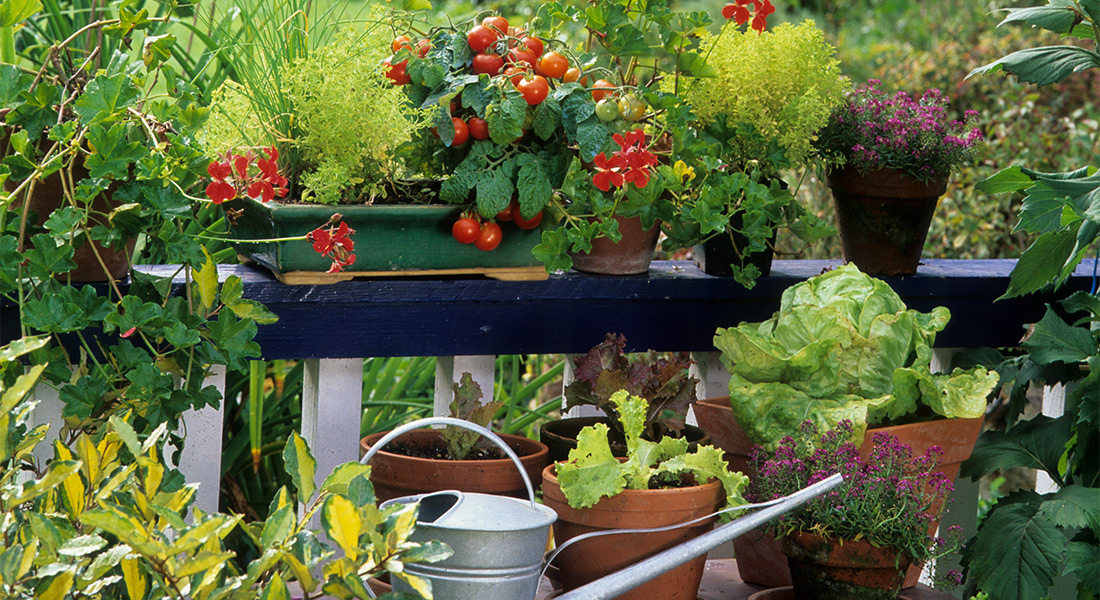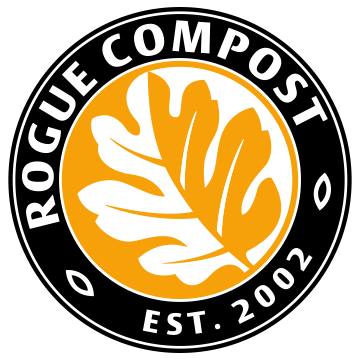I would love to have a vegetable garden, but I have limited space. Any thoughts?

Absolutely! Even if you don’t have a big space in your yard to create a full vegetable garden, you can definitely do so on a much smaller scale. Consider a container garden on your patio or porch, for example.
Consider the space when selecting plant types
Pumpkins and corn might be tough to pull off on a smaller space, but the vast majority of vegetables can be grown in containers, small planter beds, hanging pots or even on windowsills. Tomatoes are a natural for patio containers. Ditto for strawberries, lettuce, spinach, beans, carrots, eggplant, sweet potatoes, kale and chard.
If the full-size vegetable might be too big, some vegetables come in dwarf and miniature varieties — such as Thumbelina carrots or a host of baby vegetables.
If you are thinking about vine-variety crops, hanging baskets, oak wine barrels or larger pots with trellises or stakes can work great. As a bonus, they make your patio come alive with greenery while producing fresh, delicious vegetables you can use throughout the summer and fall.
Prepping for drainage
Virtually any type of container can be used for plants — from rinsed-out milk jugs and plastic tubs to wooden boxes, terra cotta pots, wooden planters and ceramic pots. The key is to make sure your container has drainage. And if it doesn’t, you need to punch holes in it to create drainage.
Once you know your container has drainage, it’s time for soil. A good compost, like Rogue Compost, is ideal. Some people also like to put a bottom layer of gravel in first, to help with drainage, then cover with compost — the more compost the better, as it holds in moisture. Neither topsoil nor planting mix are recommended, as they don’t drain as well.
Because the containers are, well, contained, frequent watering is a must. The soil in containers can dry out quickly, especially on a hot cement patio in full sun. Depending on the conditions, you may need to water your containers daily. Pay attention to the soil, though, as you don’t want it to have standing water on it or become soggy.
Follow the sun
How much sun your spaces get affects the types of crops you can grow. For example, green beans, tomatoes and peppers need a lot of direct sunlight each day. Root and leaf crops, on the other hand, prefer some sun and light shade. This includes lettuce, cabbage, beets and turnips.
Feed your plants
Container gardens require regular fertilization. Using a soluble, all-purpose fertilizer mixed in water is the easiest way to give your crops the nutrients they need. Consider fertilizing every three or four days using a solution that’s half the strength of the recommended mixing ratio, since it’s in containers and not in the ground. You can also use dry fertilizers sprinkled on top every three weeks. Just remember to water… and keep watering.
Don’t forget the herbs
Herbs make a great addition to any container garden. And because of their smaller size, you can also grow herbs on a sunny indoor windowsill. Basil, thyme, oregano, chives, mint, parsley, dill and more all do well in container gardens.
Share This
